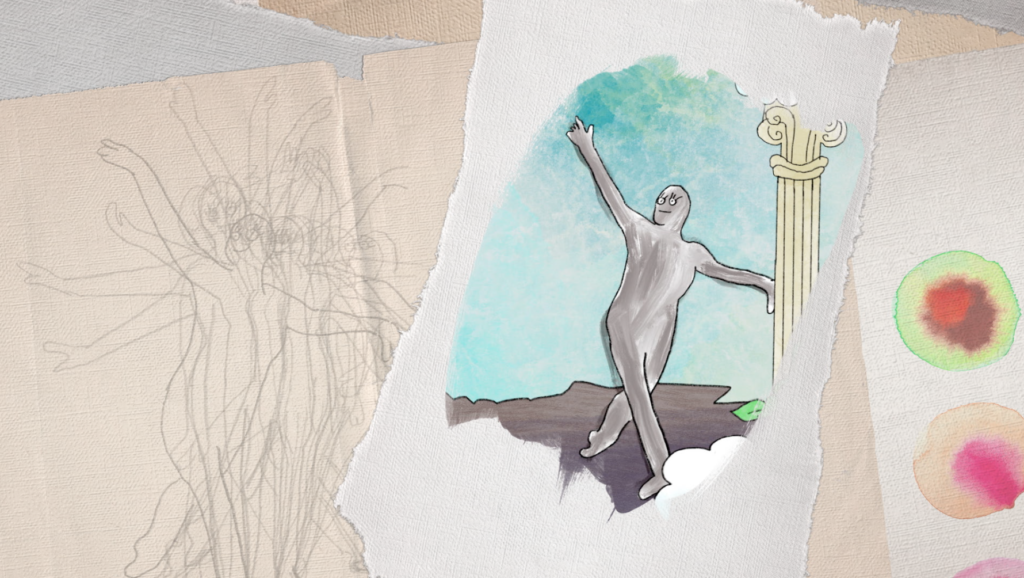
The thing about Beethoven — or rather, the thing about a classical music industry in thrall to a伟大的人神话that puts him at the apex — is that it commits organizations like the San Francisco Symphony to performing and taking seriously just about everything he wrote. That formula includes music that might not merit such close attention.
The score that Beethoven created for an 1801 ballet titled “The Creatures of Prometheus” is a perfect example. Esa-Pekka Salonen and the orchestra gave the piece its first Symphony performance in Davies Symphony Hall on Thursday, Feb. 24, in a program that was resourceful, reasonably enjoyable and ultimately forgettable.
Even a genius sometimes composed to pay the bills.
公平地,“Prometheus”由18个短暂的运动组成,增加了大约70分钟的音乐,远非攻击。它的得分丰富,它包括许多大胆的戏剧行程以及一些完全迷人的旋律发明。(其中一个是在最后一个运动中,后来在“Eroica”交响乐的结局中重新审于。)
但是,如此多的芭蕾舞评分,“普罗米修斯”在离婚时不舒服地坐在原来的背景下。这些数字突然开始并停止,没有空间扩展音乐思想。
如果有的话,分数提供了借口欣赏贝多芬的交响曲创造出类似的材料的大规模戏剧性结构的借口,而不是仅仅说明它并继续前进。
So Thursday’s program, which repeats through Sunday, Feb. 27, seemed primarily like an exercise in problem-solving. It began with the question, “How can this music be presented to a modern audience?” and proceeded to come up with ingenious solutions.

One was the addition of a spoken narration, written by Gerard McBurney and declaimed with plummy eloquence by actor Keith David, to impart the plot outline of the ballet. Another was a series of delightful comic animations by Hillary Leben to give visual embodiment to the scenario.
顺便说一下,这种情况基于一些文件证据的少数碎屑在很大程度上被告知猜测。它似乎涉及两个原始人类 - 从粘土中创造但显着缺乏感觉或情绪 - 谁与帕纳斯山山上的缪斯共进跑步时间,他们被引入悲剧,喜剧,舞蹈和音乐。这是艺术,这个故事表明,让我们完全人类,谁能相比呢?
但也许最有力的论据支持whole project was the thrillingly fine playing it elicited from Salonen and the orchestra. The music was often run-of-the-mill rum-te-tum, but the musicians delivered it with the tonal robustness and rhythmic unanimity that have not always been reliably in evidence since the end of the Symphony’s COVID hiatus.

The overture, which is sometimes encountered in concert programs as an effective stand-alone piece, emerged as a vigorous, sleekly turned juggernaut, with Salonen’s taut conducting energizing every member of the orchestra. Dance numbers sounded jaunty or elegant as required.
Beethoven’s strokes of instrumental color were deftly handled, too. The harp solo — the composer’s only use of the instrument in an orchestral context — sparkled in the hands of Meredith Clark, and Jerome Simas brought eloquence to an extended duet between the basset horn (a lower-pitched cousin to the clarinet) and Eugene Izotov’s oboe.
The high point of the evening, though, was an extraordinarily powerful cello solo delivered by Rainer Eudeikis, who currently serves as principal cello of the Atlanta Symphony Orchestra. This was a performance full of dynamism and color, in which every phrase and every note seemed weighted with expressive urgency.
Still, for all its intermittent pleasures, Thursday’s concert felt less like an important artistic endeavor than an exercise in ticking boxes. “Prometheus” was a major work by a major composer that the Symphony had never performed, and now it has. Mission accomplished.
旧金山交响乐:7:30 p.m. Saturday, Feb. 26; 2 p.m. Sunday, Feb. 27. $35-$125. Davies Symphony Hall, 201 Van Ness Ave., S.F. 415-864-6000.www.sfsymphony.org
